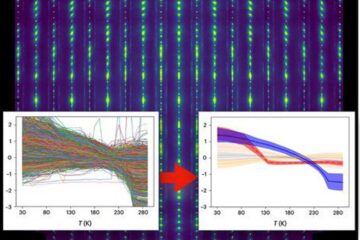Bacteria-Killing vs. Bacteria-Inhibiting Drugs in Treating Infections

When treating an infection, physicians may face a choice between using a bactericidal (bacteria-killing) drug, a bacteriostatic (bacteria-inhibiting) drug or a combination of the two. The solution is not always obvious, particularly since a drug that is bactericidal for one strain of bacteria may only inhibit the growth of another strain, according to an article in the November 1 issue of Clinical Infectious Diseases, now available online.
Although it might seem logical that bactericidal drugs would be preferable to bacteriostatic drugs, the type of infection is important in determining which kind of drug to use. Endocarditis seems to be best treated by bactericidal drugs. Meningitis is another candidate for bactericidal drugs. Strikingly, a bacteriostatic drug can antagonize the action of a bactericidal one in the treatment of meningitis. In treating urinary tract infections and preventing staphylococcal wound infections, studies have shown that bacteriostatic drugs work as well as bactericidal drugs.
In central nervous system infections, a rapidly bactericidal drug can release bacterial products that stimulate inflammation. For this reason, it is recommended that corticosteroids be given at the same time as a bactericidal antibiotic for bacterial meningitis. Certain bacteriostatic drugs may be preferable in cases of streptococcal and clostridial gangrene, because they inhibit the production of the toxins that cause much of the morbidity.
Some infectious disease physicians wrongly believe that bacteria-killing drugs are automatically preferable to those that inhibit bacterial growth, according to Dr. Robert Finberg, of the University of Massachusetts, lead author of the study. “The misperception that it’s always better to use a bactericidal drug is incorrect,” said Dr. Finberg.
“It’s probably important to use bactericidal drugs in treating endocarditis and meningitis,” Dr. Finberg added, “but in many situations, cidal drugs are not preferable over static drugs.”
Media Contact
More Information:
http://www.idsociety.org.All latest news from the category: Health and Medicine
This subject area encompasses research and studies in the field of human medicine.
Among the wide-ranging list of topics covered here are anesthesiology, anatomy, surgery, human genetics, hygiene and environmental medicine, internal medicine, neurology, pharmacology, physiology, urology and dental medicine.
Newest articles

Machine learning algorithm reveals long-theorized glass phase in crystal
Scientists have found evidence of an elusive, glassy phase of matter that emerges when a crystal’s perfect internal pattern is disrupted. X-ray technology and machine learning converge to shed light…

Mapping plant functional diversity from space
HKU ecologists revolutionize ecosystem monitoring with novel field-satellite integration. An international team of researchers, led by Professor Jin WU from the School of Biological Sciences at The University of Hong…

Inverters with constant full load capability
…enable an increase in the performance of electric drives. Overheating components significantly limit the performance of drivetrains in electric vehicles. Inverters in particular are subject to a high thermal load,…





















